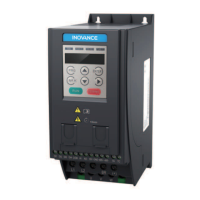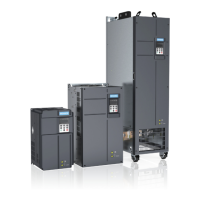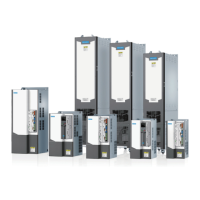Troubleshooting
‑49‑
7 Troubleshooting
The following table describes common faults, possible causes, check methods, and
solutions. For a complete fault list, refer to the "Fault List" section in the
MD600 Series
Basic AC Drive Function Guide
.
Table 7–1 Symptoms, fault causes, and solutions
No. Symptom Possible Cause Check Method Solution
1 There is no
display upon
power‑on.
The drive is not
connected to the grid
or the grid voltage is
too low.
Measure the input power
supply and check whether the
voltage is lower than the
undervoltage threshold (A3‑55/
A3‑56).
Adjust the input power supply so that
it can meet the normal operation
requirements of the AC drive.
The switching power
supply on the drive
board of the drive is
faulty.
Measure the voltage values of
the 24V and 10V output
interfaces on the drive board to
check whether the values reach
24 V and 10 V.
Contact Inovance for technical
support.
Con
tinu
ed
Continued The pre‑charge
resistor of the AC
drive is damaged.
Determine the standard value
of the pre‑charge resistor
based on the model
information on the AC drive
housing, and then measure the
pre‑charge resistor to check
whether it is damaged.
Voltage class of three-phase
380 V model
● The 0.37 kW, 0.75 kW and 1.5
kW models have one 15 Ω
pre‑charge resistor. The 2.2
kW models have two 15 Ω
pre‑charge resistors in series.
● The 4 kW and 5.5 kW models
have two 5 Ω pre‑charge
resistors in series.
Voltage class of single-phase
220 V model
● The 0.37 kW and 0.75 kW
models have one 20 Ω pre‑
charge resistor.
● The 1.5 kW models have two
20 Ω pre‑charge resistors in
series.
● The 2.2 kW models have two
5 Ω pre‑charge resistors in
series.
Contact Inovance for technical
support.

